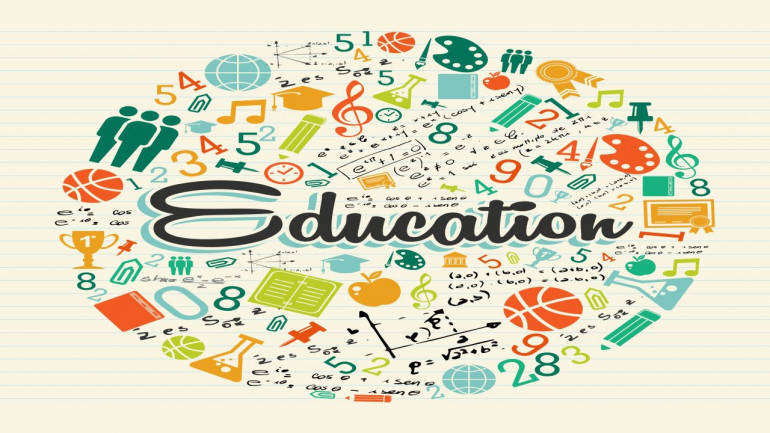
The debate around the quality of higher education in India has been gaining momentum since the Union Budget 2017, which laid emphasis on skill development, employability and digitisation of the education process. The government announced a slew of measures, including ‘Swayam’, an online learning portal; revamp of the National Education Policy (NEP); the Higher Education Empowerment Regulation Agency (HEERA) as a single higher education regulator; and the University Grants Commission (UGC) mandate to educational institutions to develop massive open online courses (MOOCs).
While India is making headway in digitising the learning process, world over, universities are disrupting and innovating teaching and learning. The country has a long tradition of face-to-face learning; the teacher or guru cannot be replaced overnight with an unseen, technological entity. However, it is pertinent to note that the gap between what students are taught in classrooms and what the industry is demanding of its prospective employees is growing every day. The rate of change in technology has, and will continue to, outpace the change in university curriculum, the fastest of which takes place once a year. It is not uncommon to see students spending more than 20 years in the education system and saddled with unattractive job prospects.
The solution lies in ‘blended learning’, a concept that is fast gaining pace in the Indian context. In simple terms, it is a hybrid form of teaching and learning which involves both classroom and online learning. The approach mixes concept building and enquiry-based learning which retains human interaction in education and allows students to combine traditional classroom methods with online-digital mediums. Blended learning strives to create a balance between prescriptive learning and learning at one’s own pace. It is important to note here that blended learning is not equivalent to technology-rich teaching; the core of blended learning is giving the student greater autonomy over his or her education growth path, using technology only as an enabler.
Simply put, it is a win-win situation for students and teachers. The emphasis is on development of the learner’s capacity and capability with the goal of preparing him or her for the complexities of today’s changing workplace. Since every individual assimilates information differently, online learning aims to bring greater and better choice of learning with specific interests. Teachers will not be burdened with the mundane task of imparting education through information overload; instead, they will be focusing on higher value-added instruction that synchronises technology with face-to-face learning. The automated and personalised system will allow teachers to turn into mentors, free from the pressures of formal education.
For students, a major advantage is the ability to dip into a knowledge pool that doesn’t end with classroom instruction. Blended learning incorporates information via online courses, developed by experts from different fields, and helping students access globally developed and industry relevant course material. Blended learning creates the possibility of practical, experiential learning, where students can learn at their own pace – both in terms of speed and complexity of information. It is only fair that the education process be flipped to become increasingly learner-driven than prescriptive in nature.
Data analytics from online learning platforms can help educators develop a targeted approach towards teaching a particular individual, harnessing data over time to help students learn better. This will provide teachers more accurate and specific insights into a particular student’s pain points, where he/she is doing well, areas they find most challenging etc. This can help teachers, and by extension colleges and universities, to understand student behaviour better and provide vastly effective learning interventions.
The natural affinity Millennials have to technology, their sense of entitlement to drive their own education, and the fast-paced and fast-changing work environments they are likely to be a part of, all point in one direction — online or computer-based education could well replace brick-and-mortar education in coming years.
Technology also enables students to access a global network of education and knowledge exchange. For instance Anant Agarwal, the CEO of Harvard and MIT’s online-learning platform edX, graduated with a degree from IIT Madras before pursuing a highly successful global career. Blended learning offers a window to a global world for students who might otherwise struggle to access traditional professional education programmes and supplements the wider work of universities, colleges and learning providers.
In short, blended learning aims to solve problems that plague policymakers, administrators and students. While many educators have adopted this unique form of learning, one hopes that in a decade’s time, blended learning becomes the norm rather than the exception. To its credit, the Government of India is formalising the online education space, ensuring regulatory recognition for online courses and encouraging universities to develop their own online curricula.
The blended classroom of the future can leverage the power of online courses and free up classroom time for interactive collaboration and discussion, testing and problem-solving, redefining how education is administered, while at the same retaining the ethos of India’s traditional classroom system.
[“Source-moneycontrol”]




